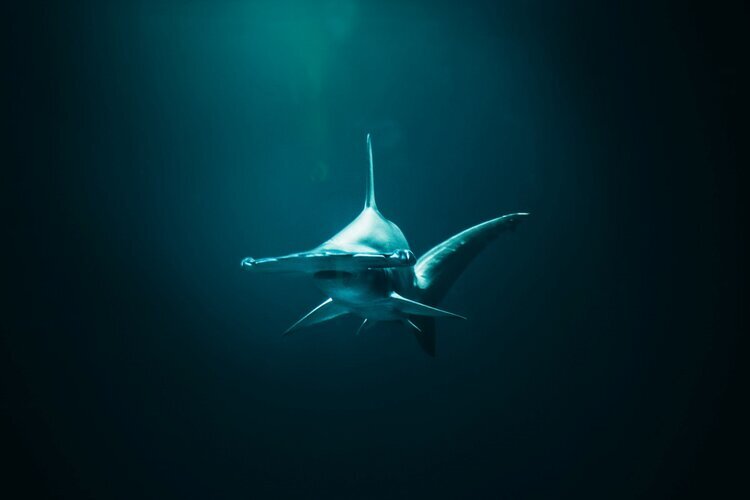He Ingoa Taonga - A Treasured Name
The Moana Project’s newly developed innovative ocean temperature sensor has been given the name Mangōpare by Whakatōhea.
Mangōpare is Te Reo Māori for hammerhead shark and has many meanings to different iwi across Aotearoa. Whakatōhea Iwi Development Projects Manager and Moana Project team member Danny Paruru spoke about the meaning behind Mangōpare from a Whakatōhea perspective.
“To us the hammerhead shark represents one of the main kaitiaki or guardians in the ocean, many iwi have their own stories about the mangōpare and how important it is to them.
In Whakatōhea, the mangōpare is depicted and drawn into our artwork and carvings. It symbolises the importance of recognising the role of guardianship for our people, as a protector, as a caretaker for us.”
The Mangōpare sensor has been designed to measure temperature below the surface of the ocean, where fishing gear (or similar) is deployed. The Moana Project’s goal is for Mangōpare to be placed on all commercial fishing vessels that fish to depths of up to 1000m. Every time a fishing vessel deploys its gear, Mangōpare will retrieve information about the temperature of the ocean at various depths at a location.
John Radford who is Zebra-Tech’s Managing Director and R&D Manager has led the development of the sensor.
“The Mangōpare has been designed as a low power, low cost, robust and accurate water temperature profiling instrument. It automatically starts recording when it enters the water, taking temperature and depth measurements for every vertical 1m water depth change down to 200m, and then every 4m depth change below 200m down to 1000m depth. When the depth is constant, for example when mounted on a crayfish pot, Mangōpare records data every 5 minutes.
When the Mangōpare is lifted out of the water, it automatically offloads its data to either a Zebra-Tech Deck Unit, or an app running on a mobile phone or tablet. The Deck Unit will process the data to combine it with position data, and then upload the data to a cloud-based server when in cellular coverage.”
The Moana Project’s - Te Tiro Moana team lead Dr. Julie Jakoboski is ensuring the deployment of Mangōpare through Aotearoa’s coastal oceans. Stage one of the trials have been completed and stage two of the sensor deployment is underway.
“Stage two, involves trialing the sensors on an expanding network of fishing vessels. We’re starting with a minimum of ten fishing vessels and then we will gradually add vessels, as hardware is made available, until the end of 2023. In the next couple of months, we will begin using the data from the sensors to improve our ocean models.”
The Mangōpare sensor will provide a previously untapped insight into subsurface data within the ocean. Harnessing these data is very important for Aotearoa and the future of our fisheries.
Subsurface ocean data is vital to understand marine heatwaves and to help enhance sustainable fishing practices. With some fish preferring certain water temperatures, the data from the Mangōpare can help to inform fishers where to find the fish they are looking for and avoid the fish they aren’t looking for - reducing overfishing.
“Understanding the subsurface ocean temperature also helps scientists understand and predict marine heatwaves, which is when the ocean temperature is much higher than normal for a few days or longer. We can get surface measurements from satellites, but we don't really understand how deep marine heatwaves reach or the oceanic processes behind them. So, the sensors will help us gain that insight.”
The relevance of the name Mangōpare shines through, with Danny noting that the mangōpare hammerhead shark is considered one of the best ocean sensors.
“Kaua e mate wheke, kei mate ururoa - is a story which says, ‘do not lie down and die like an octopus but fight to the bitter end like a shark’. So, the mangōpare being part of the shark family also resembles the fight and the desire to do our best as a people.”
Whakatōhea’s naming of the sensor is a meaningful addition to the Moana Project, as Mangōpare is set to dramatically change our ability to collect subsurface ocean observations. Ultimately enhancing our current knowledge of the ocean, providing vital information for the blue economy and contributing to kaitiaki practices to better our interactions with the ocean.



